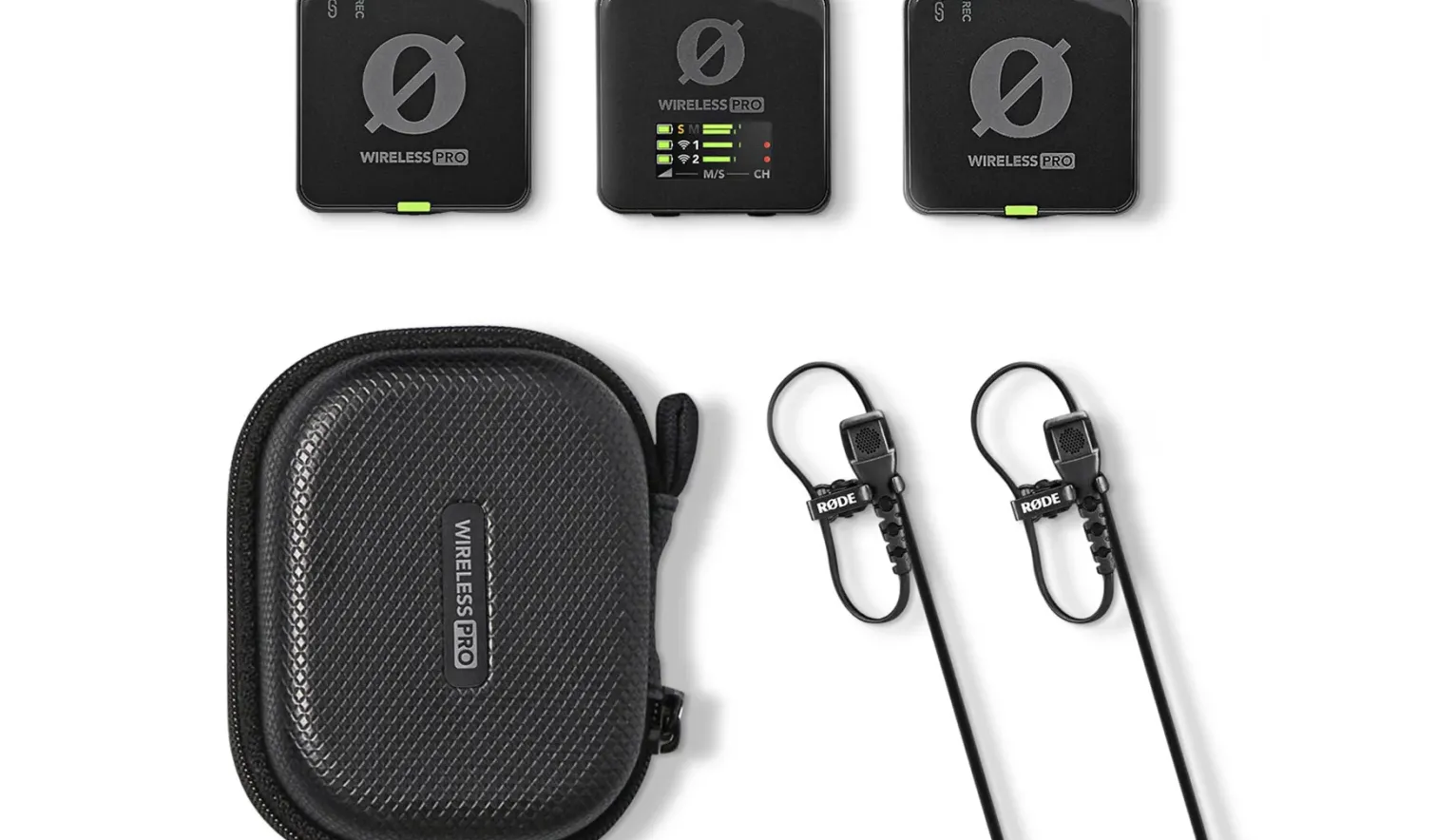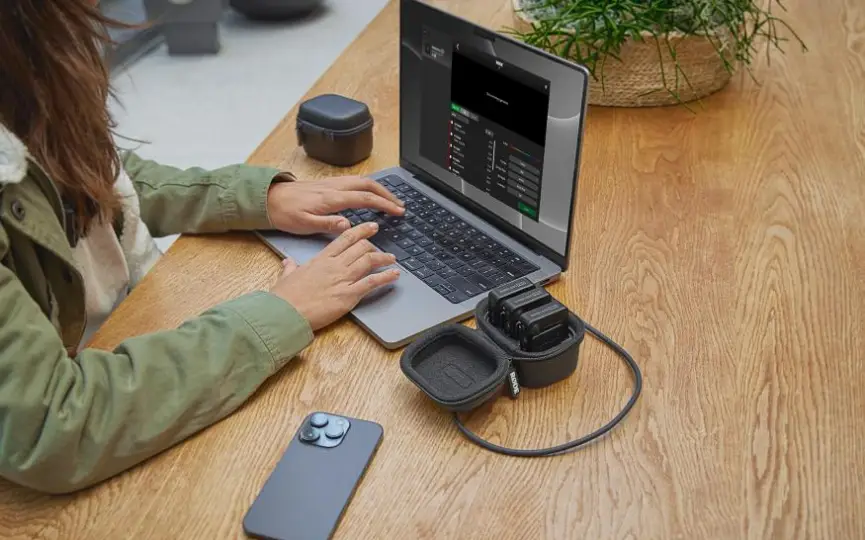Wireless Pro Mic Kit from Rode Allows You to Avoid Poor Audio Quality
Rode’s Wireless GO microphone system revolutionized the way many YouTubers operate, making a significant impact on the industry. While it wasn’t the first wireless mic system available, its emphasis on catering to creators propelled its immense popularity. This achievement served as inspiration for numerous competing products, including DJI’s, which have successfully garnered a following in a market that Rode essentially pioneered. In response, Rode now introduces the Wireless Pro, its latest top-of-the-line wireless microphone system designed specifically for content creators.
The headline feature is internal 32-bit float recording, which means you no longer have to worry about setting microphone gain levels (although that’s probably the best thing to do). This feature means that it is almost impossible to “clip” or distort the built-in recording at too loud a volume. In practice, you should always have a usable recording if your camera sounds got a little too loud, which is a great anxiety reliever for anyone whose production has ever been ruined by bad sound.
Wireless Pro could probably help bring 32-bit float into the mainstream. There are specialized audio recorders that already offer this feature. And Rode already included it in its NT1 hybrid studio microphone, but since the Wireless Pro transmitters can be connected to a wide variety of microphones, this opens the door to recording a wide variety of audio content in 32-bit floating playback – as long as you can feed it into a 3.5mm jack.
In an attempt to streamline the creation process, the Wireless Pro also has an advanced timecode feature, so you don’t need an external device for this. However, you must configure this through the microphone’s companion app, Rode Central (there is no option for this setting on the device).

The Wireless Pro borrows a few features from options or aftermarket accessories by including a charging case as standard (Rode currently offers one as a separate purchase). The case is suitable for two total charges for the entire system, according to the company, and comes as standard in the new model. Claimed battery life for the transmitter and receiver is around seven hours, which means the Wireless Pro should last at least 20 hours of total recording with 32GB of storage (apparently good for 40 hours of footage).
Another important update is the improved selection. For example, the Wireless GO II has a range of about 656 feet (200 meters). The new Pro models extend that to 850 feet (260 meters), which coincidentally is a shade more than DJI’s stated 820 feet (250 meters).
When Rode announced its more affordable Wireless ME series, it introduced the idea of the receiver doubling as a “narrator” microphone via a headphone/monitor port TRRS headphone. It’s a feature that carries over to the Pro, meaning you can record from up to three different speakers, even if one of them is wired, not cable-free.
There are also a couple of small but welcome quality-of-life upgrades, such as locking the 3.5mm jacks so you don’t rip the lav mic, and plug-in power detection so the system can detect when the camera it’s connected to is active. use this information to optimize power consumption.
At the time of release, DJI’s dual-microphone product retailed for $330. The Rode Wireless Pro costs $399. It’s a slice more, of course, but the company decided to include two Lavalier II microphones as part of the package. The Lavalier II costs $99 on its own, so from this point of view, the whole package represents a decent value if you’re looking for a complete solution.




